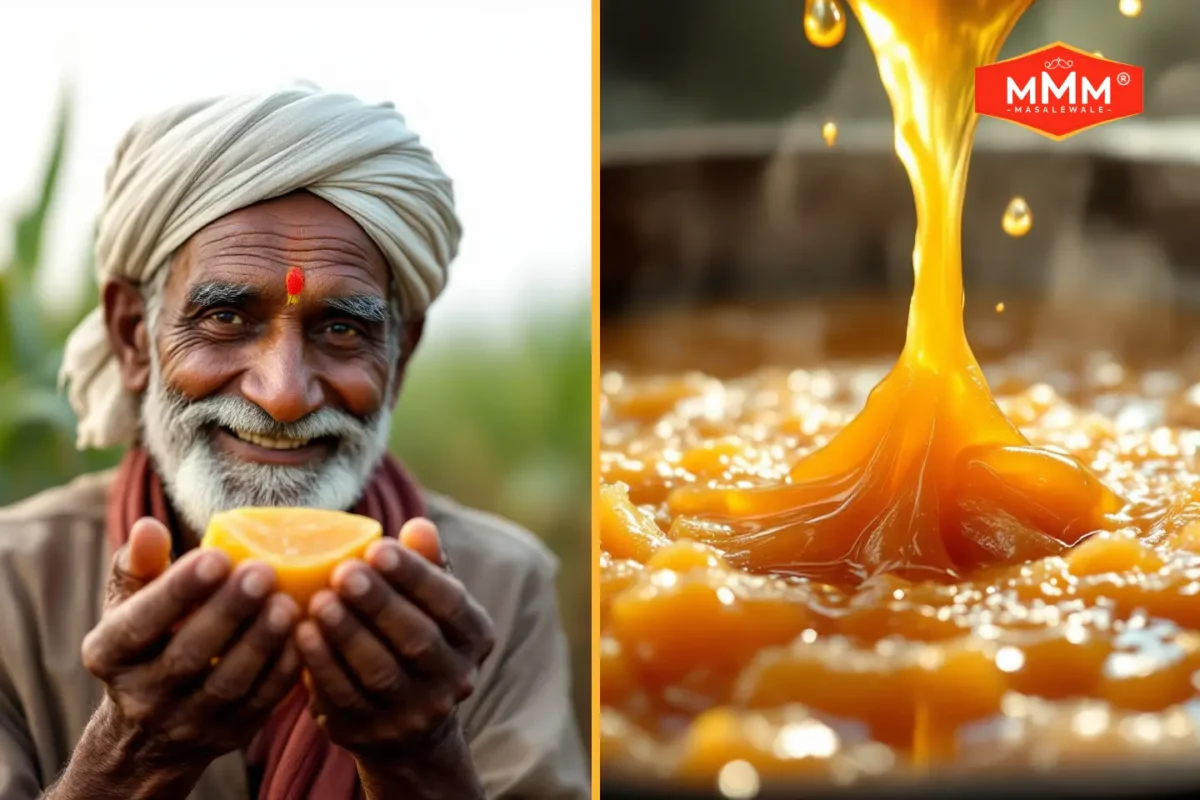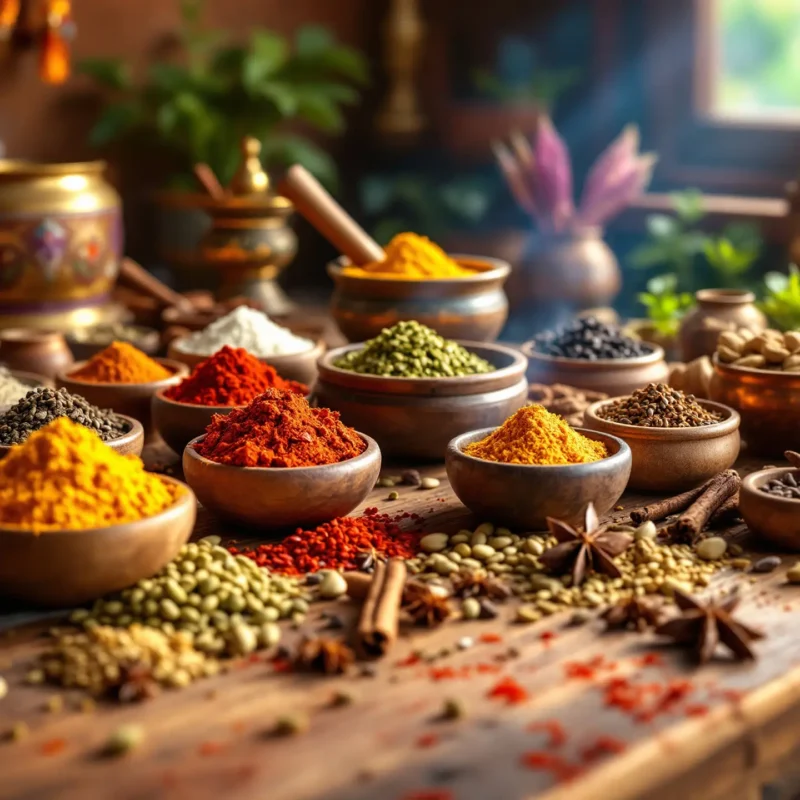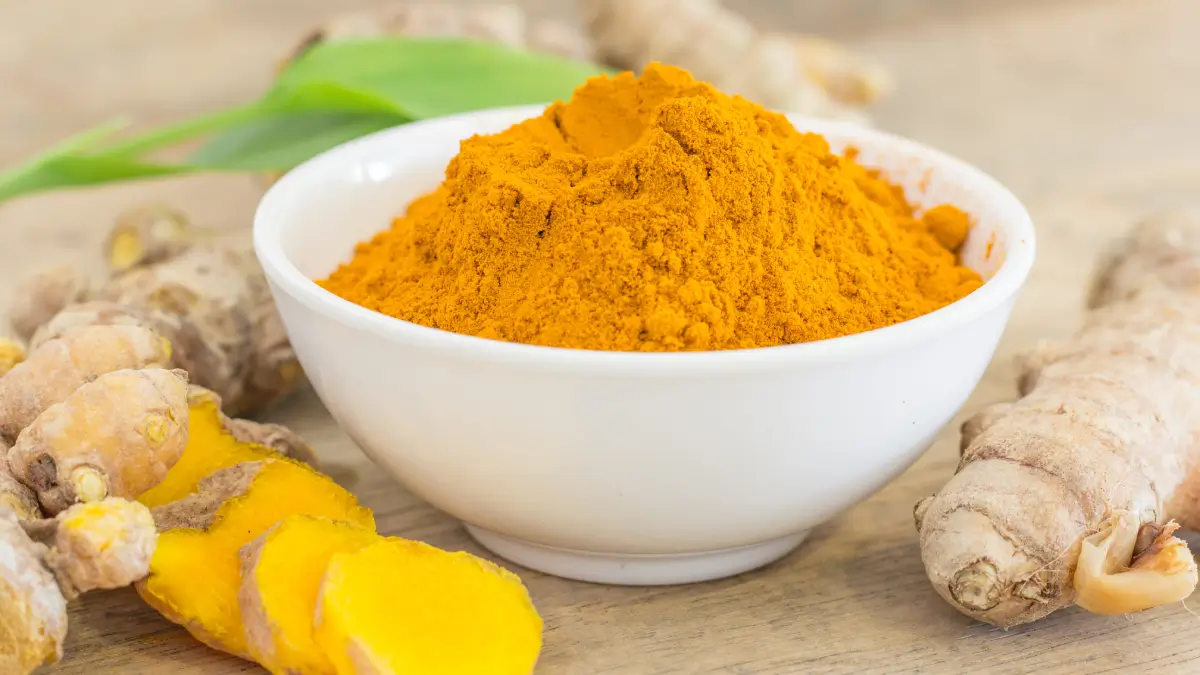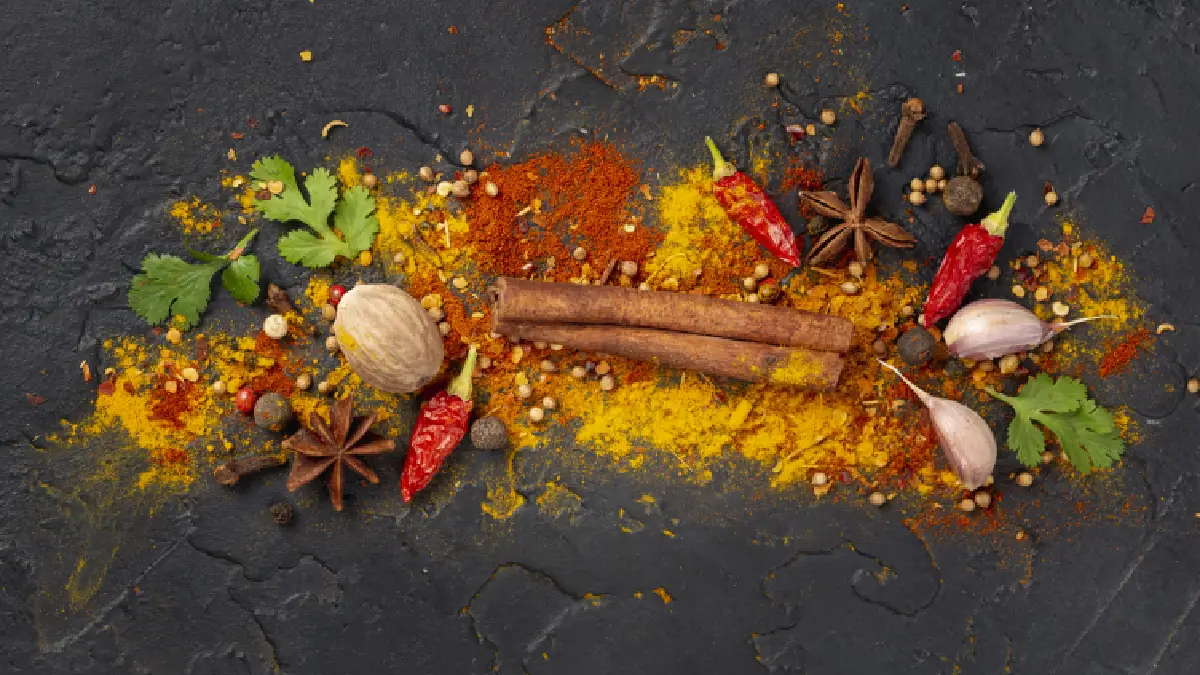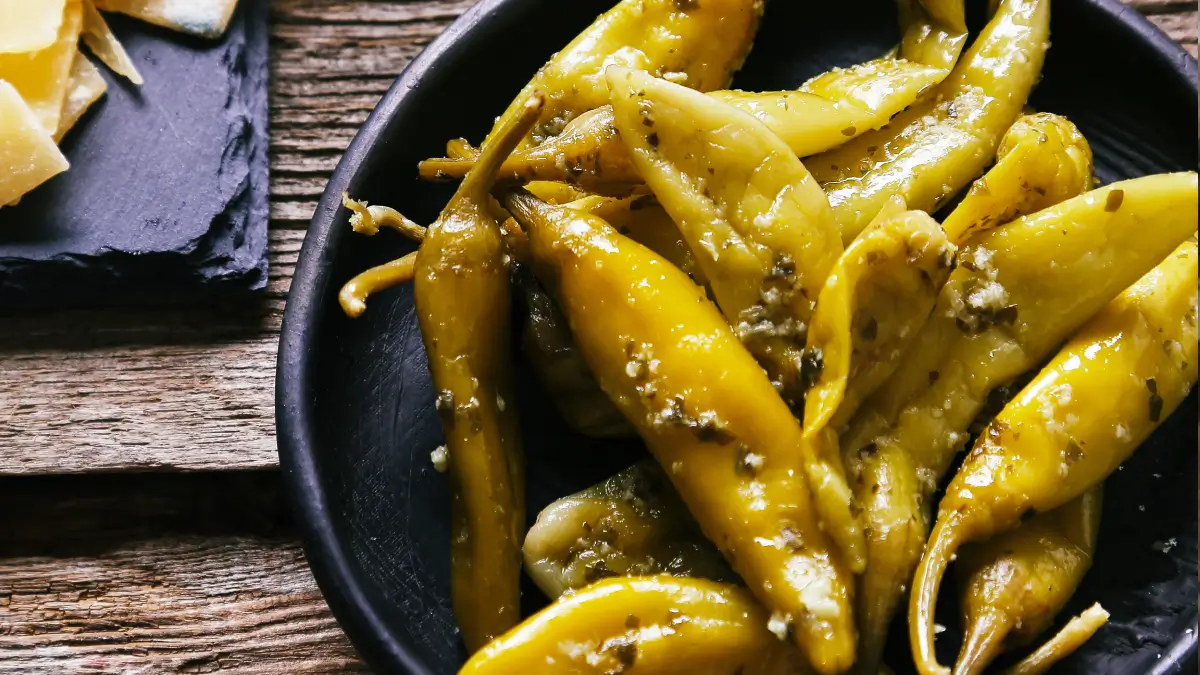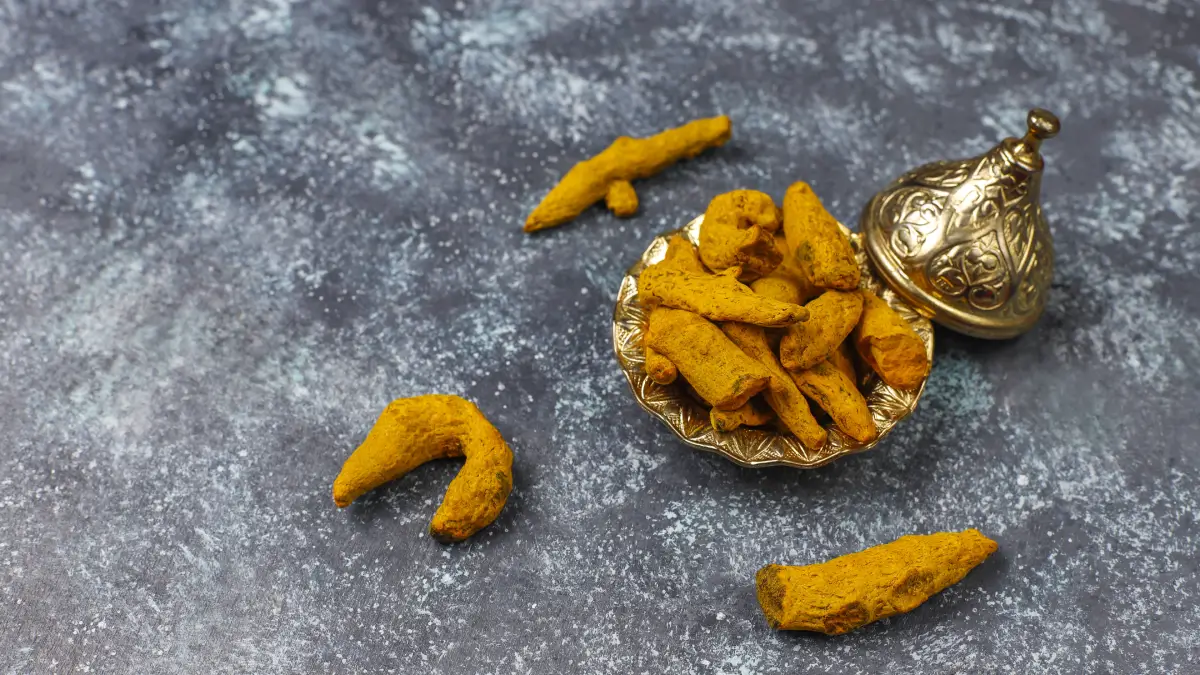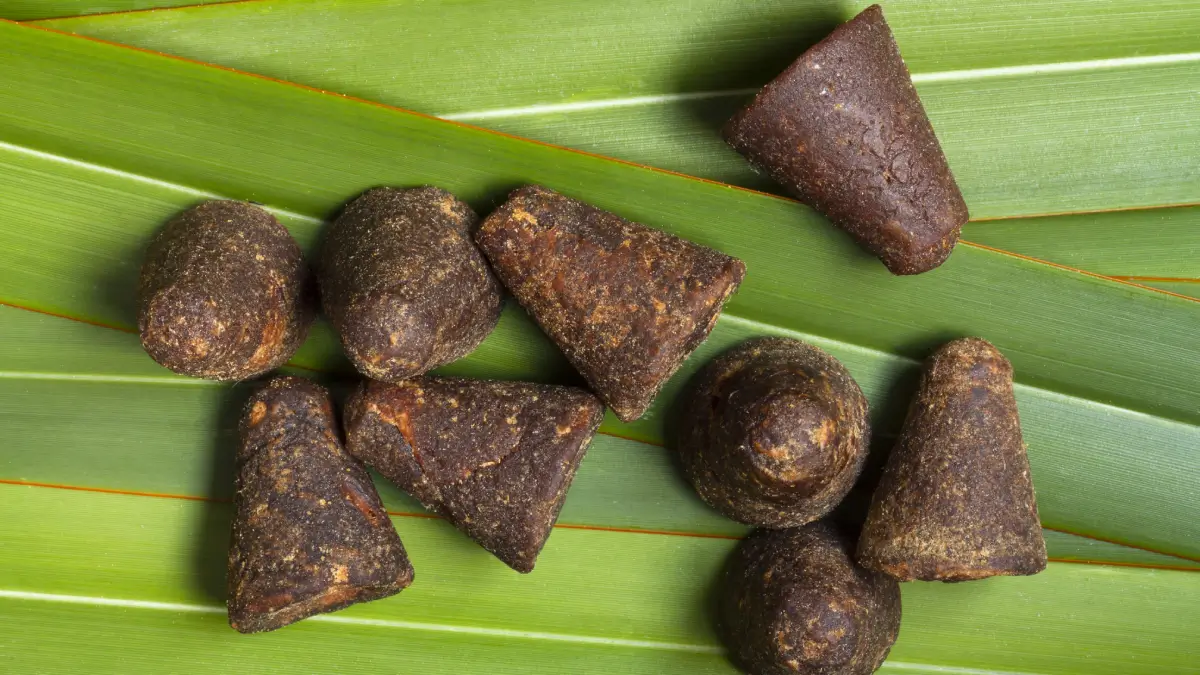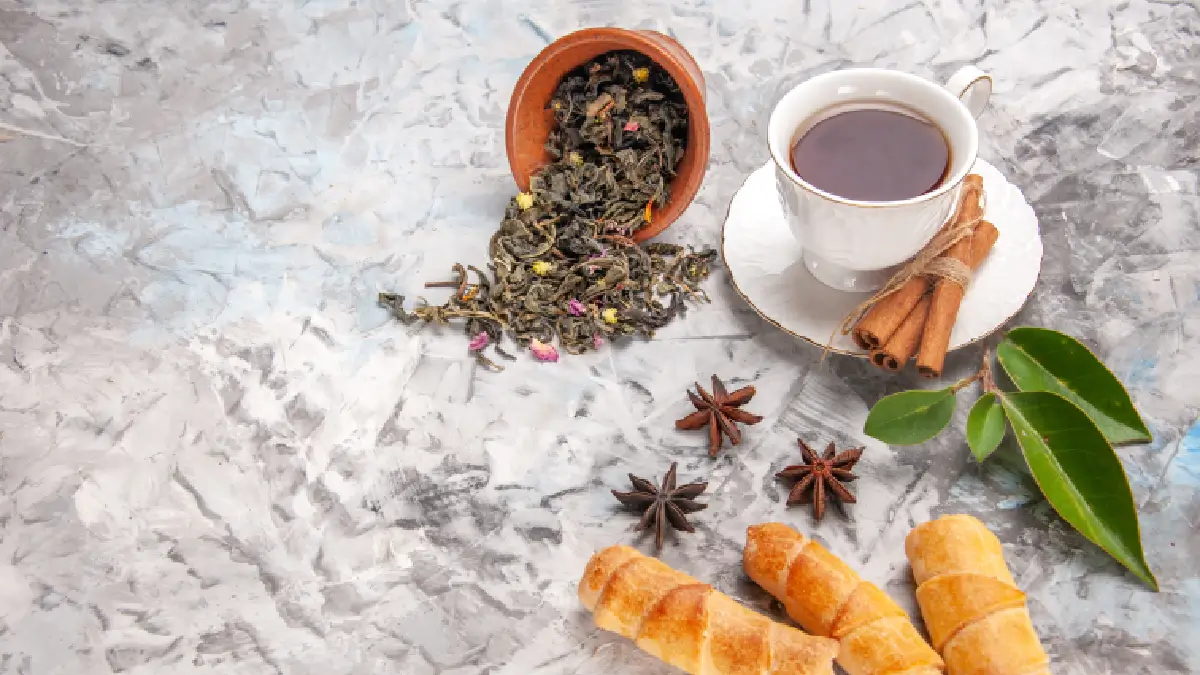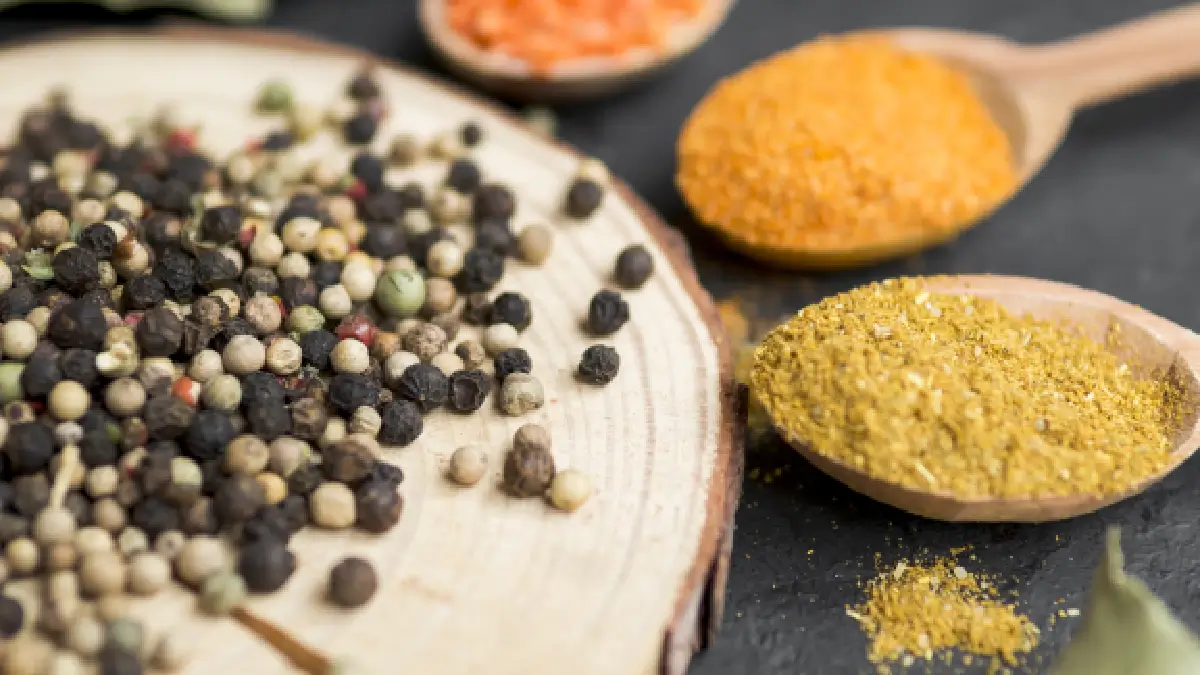Blog
The Science Behind the Perfect Tadka: Unveiling the Physics of Indian Tempering
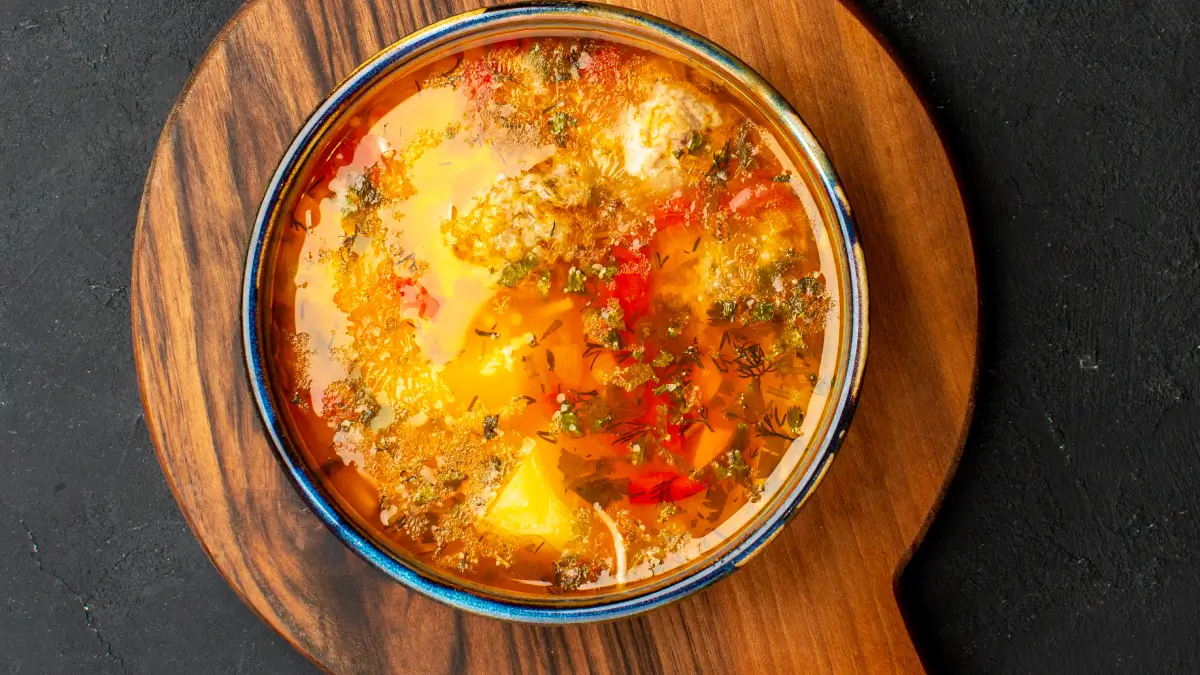
Tadka, or tempering, is a cornerstone of Indian culinary tradition, infusing dishes with rich flavors and aromatic nuances. This technique involves frying spices and other ingredients in hot oil or ghee, releasing essential oils and enhancing the dish’s overall taste. Understanding the physics behind tadka not only deepens appreciation for this culinary art but also aids in mastering its execution.
The Role of Heat in Tadka
Heat is pivotal in the tadka process. When oil or ghee is heated, it reaches a temperature where spices can release their essential oils—compounds responsible for their distinctive flavors and aromas. This release is a result of thermal excitation, where heat energy causes molecules within the spices to vibrate more vigorously, breaking down cell walls and allowing essential oils to infuse into the oil.
Smoke Points and Oil Selection
Choosing the right oil is crucial for an effective tadka. Each cooking fat has a specific smoke point—the temperature at which it begins to break down and produce smoke. For instance, ghee has a high smoke point of around 250°C (482°F), making it ideal for high-temperature cooking like tadka. Using oils with lower smoke points can lead to the production of harmful compounds and impart undesirable flavors to the dish.
Spice Selection and Their Physical Properties
Different spices react uniquely to heat due to their varying physical and chemical properties. Whole spices like cumin seeds, mustard seeds, and dried chilies are commonly used in tadka. When these spices are added to hot oil, several physical changes occur:
- Cumin Seeds: They sizzle and turn a darker shade, indicating the release of their nutty flavor.
- Mustard Seeds: They pop and crackle upon reaching the appropriate temperature, a sign that they have released their pungent oils.
- Dried Chilies: They darken and infuse the oil with heat, adding a spicy undertone to the dish.
The popping of mustard seeds, for example, is due to the build-up of steam within the seed as it heats up, causing it to burst open and release its flavors.
Timing and Sequence in Tadka Preparation
The sequence and timing of adding ingredients in tadka are critical. Spices are typically added to the oil in order of their size and hardness—harder spices like mustard seeds are added first, followed by softer ones like cumin seeds, and finally delicate ingredients like curry leaves or minced garlic. This ensures that each component is cooked appropriately, preventing burning and achieving optimal flavor extraction.
Safety Considerations
Executing tadka requires caution due to the high temperatures involved. The vigorous bubbling and potential splattering when spices are added to hot oil can cause burns. It’s advisable to use a deep pan and maintain a safe distance when adding ingredients to the oil.
Conclusion
The art of tadka is a harmonious blend of culinary tradition and scientific principles. By understanding the physics behind the process—heat application, oil selection based on smoke points, the physical reactions of spices, and the importance of timing—cooks can master this technique, enhancing the flavor profile of their dishes. This fusion of science and art not only preserves a rich cultural practice but also elevates the gastronomic experience of Indian cuisine.


